I wrote this article in Japanese and translated it into English using ChatGPT. I also used ChatGPT to create the English article title. I did my best to correct any translation mistakes, but please let me know if you find any errors. By the way, I did not use ChatGPT when writing the Japanese article. The entire article was written from scratch by me, Saikawa Goto.
Introduction
Movies and books covered in this article

Three takeaways from this article
- Thanks to the emergence of “CRISPR-Cas9,” tasks that previously took several years can now be completed by high school students in just a few days.
- Since “CRISPR-Cas9” has the potential to significantly change the world, we as ordinary people cannot afford to be indifferent to it.
- The author, who was conducting a modest study on “intracellular RNA,” became a developer of a revolutionary technique – but how did it happen?
Self-introduction article


Published Kindle books(Free on Kindle Unlimited)
“The genius Einstein: An easy-to-understand book about interesting science advances that is not too simple based on his life and discoveries: Theory of Relativity, Cosmology and Quantum Theory”
“Why is “lack of imagination” called “communication skills”?: Japanese-specific”negative” communication”
The quotes in the article were translated using ChatGPT from Japanese books, and are not direct quotes from the foreign language original books, even if they exist.
How does the Genome Editing Technology “CRISPR-Cas9” Relate to Our Lives?
This book is the story of the development of the genome editing technology “CRISPR-Cas9,” written by the Nobel Prize-winning author.
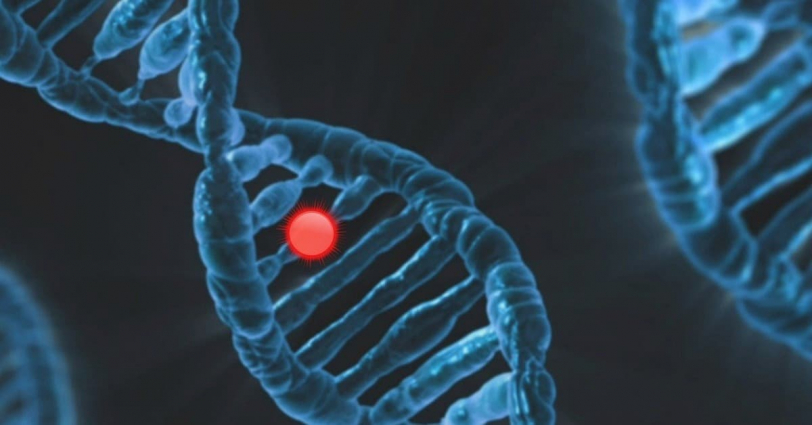
However, if it’s just that, you might think “it doesn’t concern me.” So, before I get to the main topic, let’s first talk about how this technology called “CRISPR-Cas9” is related to our lives.

“CRISPR-Cas9” is a revolutionary technique that tremendously simplifies the process of “genome editing.” There is a sentence in this book about the simplicity.
Thanks to the features of CRISPR, even aspiring scientists with just basic scientific knowledge can now achieve feats that were once unthinkable just a few years ago. It’s become a saying in this young field that “what used to take years at an advanced biological research institute can now be done by high school students in just a few days”.

Just by hearing about it, you can understand that this is quite an impressive technology.
And this technology brings us “great danger” and “great benefit”.
Let’s start with the risks.

The US intelligence community submits the “Worldwide Threat Assessment report (WTA)” to the Senate Committee on Armed Services every year. In the report, they evaluate “genome editing technology,” including “CRISPR-Cas9,” as follows:
The sixth weapon of mass destruction, developed on a national scale, that poses a significant threat to the US.
Other examples of threats listed include “Russian cruise missiles” and “chemical weapons in Syria and Iraq,” which are considered to be as serious as this technology.

It is true that there are concerns about genome editing using “CRISPR-Cas9,” which even high school students can easily do. This is because it can easily create biochemical weapons (although there are issues with managing the created biochemical weapons, so it is not necessarily easy in practice, but theoretically anyone can create them).
It is precisely because of these concerns that the author, as the “creator” of CRISPR-Cas9, has been holding symposiums and other events beyond the scope of a scientist to “prevent the public from misunderstanding that genome editing technology is dangerous, and to prevent its actual dangerous use.
This book is also a story about such a “mission.”

Now let’s talk about the benefits.
There are many fields of research related to “genes”. One of them is “single gene disorders”. It has been discovered that over 7,000 known diseases are caused by abnormalities in just one gene.
With “CRISPR-Cas9”, these diseases can be cured by rewriting the corresponding gene. This type of treatment was impossible with previous genome editing technology, but “CRISPR-Cas9” makes it easy to manipulate a single gene accurately, making it possible to achieve this type of treatment. However, at the time of writing this book, it has not been used on humans except in emergency cases. The authors think that passing clinical trials is still ahead, but it is undoubtedly a fundamental treatment for diseases.

Also, there are some cases that are not single gene disorders, but in which the region of the gene involved is known. The “DEC2 gene” is related to short sleep duration, the “ABCC11 gene” is related to body odor, the “APOE gene” is related to Alzheimer’s disease, and the “IFIH1 gene” and “SLC30A8 gene” are related to diabetes. It is not known if changing these genes will bring about dramatic changes like in single gene disorders, but further knowledge can be gained through research using “CRISPR-Cas9”.
There is also the possibility that it could bring great benefits to humans indirectly through cancer treatment research.


In scientific research, rats and mice are often used, not just for cancer research. In the past, researchers had to breed multiple generations of rats to create a model rat that could be used in experiments by inducing “necessary mutations.” However, using “CRISPR-Cas9” can significantly shorten this process.
This technology is an amazing invention that holds great potential to greatly change our lives.

However, the authors did not conduct research with the intention of creating genome editing technology. It’s only they ended up completing the revolutionary technique known as “CRISPR-Cas9”. Throughout this book, the authors reveal their complicated feelings about CRISPR-Cas9. Let’s quote one of them and move on to the story of the discovery of CRISPR-Cas9.
The undeniable fact is that genome editing will bring overwhelmingly positive impacts to the world. Advances in understanding human genetic traits will lead to sustainable food production and the cure of serious genetic diseases. Even if so, I became concerned about the way CRISPR was being used. Has genome editing become too easy with our discovery?

How was the Revolutionary Technology “CRISPR-Cas9” Created?
The Amazingness of “CRISPR-Cas9”
Before the advent of “CRISPR-Cas9,” there were other genome editing technologies known as “ZFN” and “TALEN.” What makes “CRISPR-Cas9” so amazing compared to these is its “low cost” and “ease of use.” It’s not only easy to handle even for high school students, but the cost can also be greatly reduced. This is truly wonderful.

The awesomeness of “CRISPR-Cas9” was demonstrated immediately after its announcement. Although it was jointly developed by the authors in 2012, a Chinese research team already succeeded in using it for gene therapy in 2013 by editing just one nucleic acid sequence out of the 2.8 billion in a mouse.
Although “ZFN” and “TALEN” can theoretically perform the same operation, the technical difficulty is vastly different, and it was considered impossible in reality. However, with “CRISPR-Cas9,” it can be easily accomplished.
The author wrote about it like this.

“Genome” (*collective name for DNA including all genes) can be easily edited just like editing a document with a word processor.

With the advent of “CRISPR-Cas9,” it can be said that biological research has entered an entirely new realm.
Development of Genome Editing Technology Before “CRISPR-Cas9”
So, let’s first take a look at the situation before the development of “CRISPR-Cas9.”
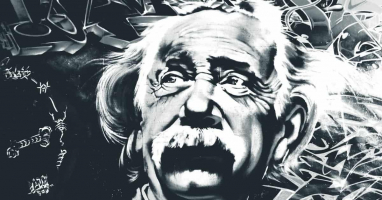
Originally, there was no technology to “edit” genomes, and the only way was to “have a virus carry a specific gene.” This method was used in gene therapy, but there were concerns about safety due to the mass administration of viruses, which are vectors for genes, causing fatalities. In addition, there were many weak points, such as being limited to the use of “filling in missing genes.”
Afterwards, a method was developed where DNA was injected directly into cells instead of being carried by a viral vector. The cells then inexplicably incorporated the DNA on their own, but the mechanism behind this was not well understood.
However, the process gradually became understood. This is a mechanism called “homologous recombination,” where “cells think that the injected DNA is part of their own chromosome and bind with homologous genes in the genome.”

And from this, the idea of genome editing was born.
By further studying this “homologous recombination,” scientists came up with a model called “double-strand break.” DNA is particularly prone to “binding” at cut-off ends. So, if with one part disconnected, there is DNA nearby that is similar to what was originally there, it would be incorporated into the cell, wouldn’t it? In other words, “double-strand break model” is a technic that by making the cell believe that DNA has been damaged naturally, the desired DNA can be bound within the cell.
Experiments based on this model were successful, demonstrating the correctness of the “double-strand break model.”

At this point, there was only one element left that was necessary for “genome editing.” It was a way for researchers to precisely cut cells at the desired location. Once this technique was perfected, genes could be edited freely. This led to the emergence of genome editing technologies such as “ZFN” and “TALEN,” which differ in “their methods of cutting.”
Now, the authors have had no involvement in the above process. As mentioned earlier, they were not conducting research to develop genome editing technology. They accidentally discovered a “method for cutting genes at the exact location” while working on a completely different research project. And the very genome editing technology that incorporated the cutting method they discovered is called “CRISPR-Cas9.”

Because things like this happen, science is interesting. She talks about her life as a researcher like this:
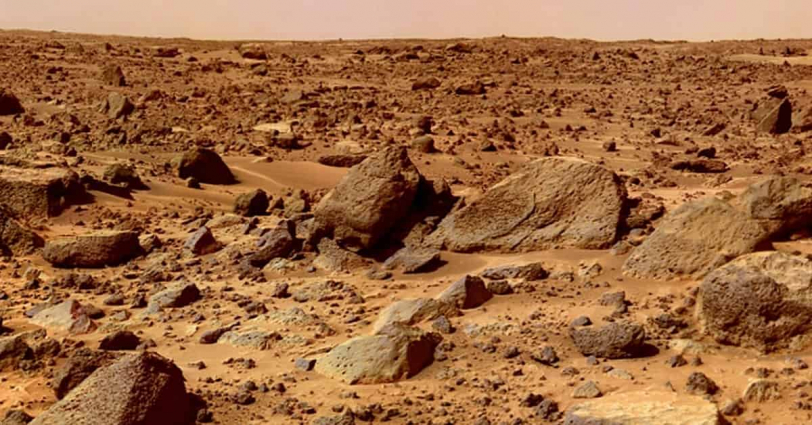
It was a huge upheaval, as if falling asleep in Berkeley and waking up on Mars.
“CRISPR-Cas9” brought such a shock to the field of biology, but what she originally researched was a rather mundane topic called “intracellular RNA”. These words would convey a sense of bewilderment at suddenly being the center of public attention.

How the Author Met “Crispr”
Before things get too complicated, let’s first clarify some terminology.
In this article, I refer to the genome editing technology as “CRISPR-Cas9.” However, you may also see the term “crispr” mentioned, which refers to a region of DNA found in bacteria. And it’s this “crispr” research that leads to the development of “CRISPR-Cas9.”

The author heard the name “crispr” from a female scientist Gillian who was studying it.
“Crispr” is a strange DNA region with a short palindrome-like repetitive structure. At first, the author didn’t know much about “crispr,” but became interested because there were previous studies that could be related to her own research area.

“Crispr” is found most widely in all Prokaryotes and there was a study that suggested it may have evolved as an immune mechanism to fight viruses, which was still just a hypothesis at the time. When she learned that this immune mechanism may be related to RNA, she decided to collaborate with Gillian right away.
Great research always comes with coincidence or interesting stories, and there was an event that happened at that time too. The author was leading her own research laboratory and was busy with work. Even if she decided to collaborate with Gillian, she didn’t have enough staff. At that time, there was a person who came for a job interview for a doctoral researcher in the laboratory. When asked what he wanted to research, the person asked back, “Do you know about crispr?”

Just when she was short-handed, someone interested in a minor field that even the author had never heard of came suddenly. It was like turkeys voting for Thanksgiving, but of course, she hired him on the spot. This postdoctoral researcher named Blake led the research on crispr.

They gradually found out that crispr plays a role as “molecular immunization record”. Bacteria remember what kind of virus (bacteriophage) they were infected with in the past with crispr. Then, if they are infected again, they check whether it is the bacteriophage they were infected with in the past, and activate the immune system based on that information. They discovered this mechanism.
In this way, the author encountered the research topic of “crispr” and devoted herself to a very minor research without thinking about genome editing technology at all.

Whenever “Crispr” is Present, “Cas Genes” Always Exist Nearby
As the research continued, it was discovered that there are always specific genes near “crispr,” and they came to be called “Cas genes.” Among the Cas proteins that make up Cas genes, there are various Cas enzymes. While researching these enzymes, they initially focused on the type I system of Cas enzymes. She was aware of the existence of another Cas enzyme called the type II system, but it was put on hold for the time being.
Now, the author encountered fateful encounter again. That’s was a female scientist named Emmanuelle. She was studying the type II system that the author had not been researching. In addition, among other things, she was studying how the Csn1 gene (later to be called the “Cas9 gene”) cleaves viruses.

The author became interested in Emmanuelle’s story and decided to conduct joint research with her. Later on, they would both receive the Nobel Prize in Chemistry. Through their research, they discovered that the Cas9 enzyme can cut DNA at a specific sequence.
Now, we’re one step away. If we can solve one more question, we’ll reach “CRISPR-Cas9”.
The question is whether “cas9” can be programmed to cut any DNA sequence. After the research, it was found that “cas9” can cut DNA at a specific location. And thus, the ultimate genome editing technology called “CRISPR-Cas9” was born.

“CRISPR-Cas9” Taking Responsibility for Creating it
The author accidentally created an innovative technique, but she also recognized the potential risks of the technology she had developed and is taking responsibility for it.


Of course, she recognized the danger of the technology itself. As previously mentioned, US intelligence agencies have expressed concerns, and there is even the possibility that dictatorships could create bioweapons using CRISPR-Cas9.
However, the author feared not only the misuse of the technology, but also the unfounded misunderstandings from non-scientists.

In this book, the author discusses “genetically modified (GM) foods.” The author believes that “GM foods” are safe, but she lament the fact that there is a certain level of criticism present.
Exposed to groundless, vocal criticism, harsh public opinion, and persistent protests.
Going off topic from the content of this book for a bit, I’ll also share my opinion on GM foods. I have watched a documentary film about the Monsanto Company, which develops and sells GM foods. After watching it, I felt that there are problems with “Roundup Ready Crops,” but I thought that there were no problems with GM foods.
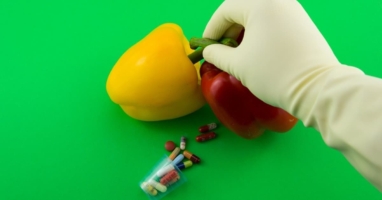
However, after watching another documentary, I learned that “Antibiotic Resistance Genes” are used in the process of creating “GM foods” and I had to reconsider my thoughts on their safety. I can no longer say that “GM foods are safe” like the author of this book.
Now, let’s get back to the topic. Not only in the case of “GM foods”, but also because of the “distrust of science and technology” from non-scientists who believe in false rumors about vaccines for the COVID-19, there is always the possibility that research on harmless technology may become difficult or that progress in science and technology may stop.
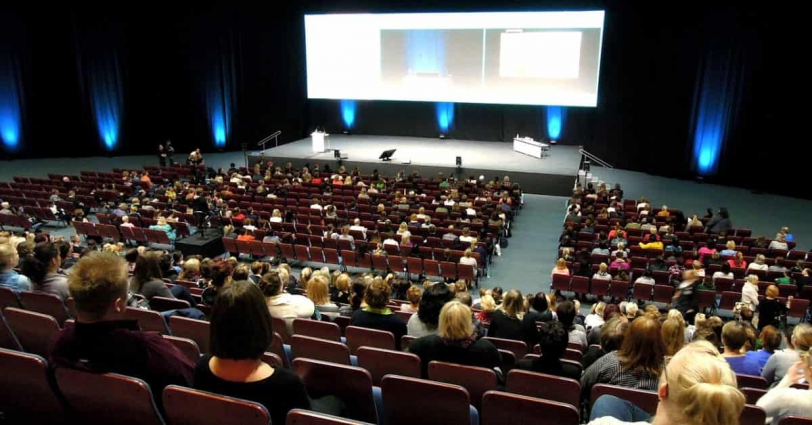

So, at the time when recombinant DNA technology was developed (long before the birth of “CRISPR-Cas9”), scientists who had such concerns decided to take action and held a conference called “Asilomar I.” And there they made the following decisions:
Scientists voluntarily refrained from conducting certain experiments without any regulatory or government sanctions.
The scientists started to show a willingness to work with the general society while conducting research and carrying out public education activities about the technology.
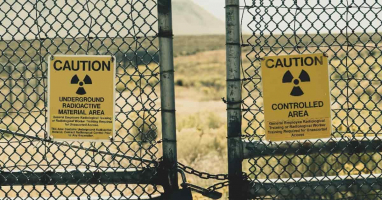
The author refers to a conference called “Asilomar I” and uses it as a model to hold similar conferences and symposiums about “CRISPR-Cas9” and work towards educating people. The author writes as follow.
I always loved working and conducting new experiments in the laboratory.
However, the idea that their technology could lead the world to a nightmare is unsettling. She decided that she had to get off her backside.

The author has concerns about the casual use of “CRISPR-Cas9”, one of which is that “changes are irreversible.”
Gene modification with “CRISPR-Cas9” is no different from the random changes that occur in genes on a daily basis in the body of living organisms. In other words, genetic modifications made by “CRISPR-Cas9” are inherited across generations. This is completely different from previous genome editing technologies.
With “CRISPR-Cas9”, it may be possible to manipulate genes in unborn babies. However, these changes will not only be inherited by one’s own children, but will also be passed down to future generations. The author is also concerned that “if only those with money can perform genetic engineering, a new hierarchy based on genetics, not just social and economic status, may emerge.”

Because too simple technologies are created, we must be even more cautious.
Conclusion
Finally, let’s touch on the author’s stance on research.
If there is one thing that readers should learn from this book, it is that we humans must continue to explore the world around us through open-ended scientific research without setting a specific goal.

As I’ve mentioned several times in this article, the author wasn’t conducting research to develop genome editing technology. The CRISPR-Cas9 was unexpectedly created from a study that was far from genome editing.

If they had been conducting research with the goal of creating the ultimate genome editing technology, CRISPR-Cas9 probably wouldn’t have been developed. In other words, research that may not seem useful can have tremendous potential.
(●●●●KANRENKIJI)poincare-conjecture
The story of CRISPR teaches us the importance of groundbreaking discoveries coming from unexpected places and the strong desire to understand nature.
What she ought to know, shared by her as a researcher, is something that non-researchers should also keep in mind when advancing towards something.

Published Kindle books(Free on Kindle Unlimited)
“The genius Einstein: An easy-to-understand book about interesting science advances that is not too simple based on his life and discoveries: Theory of Relativity, Cosmology and Quantum Theory”
“Why is “lack of imagination” called “communication skills”?: Japanese-specific”negative” communication”

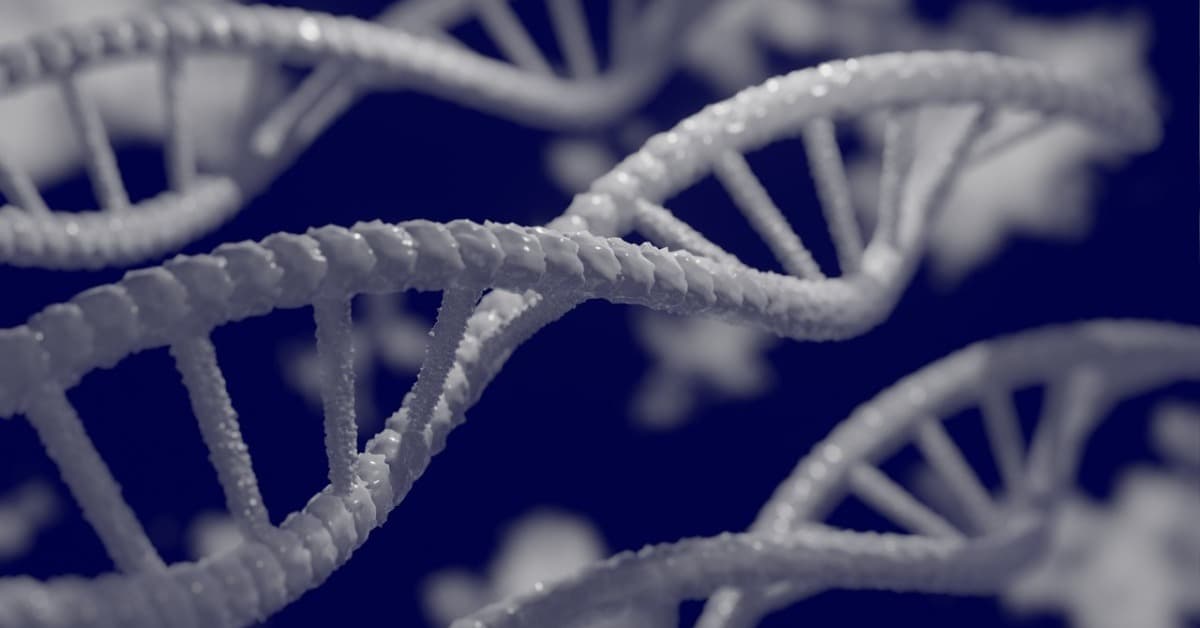





コメント